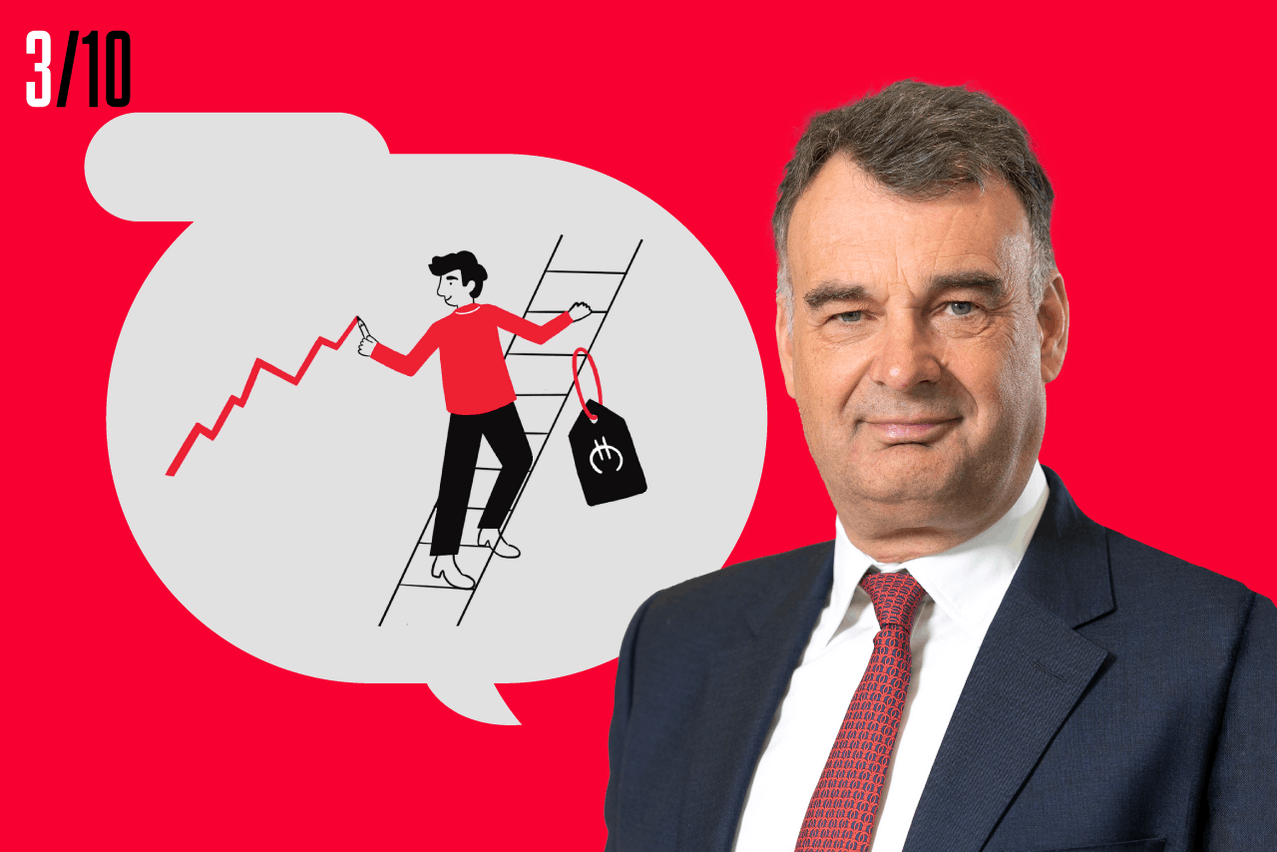One of the most obvious attributes of pricing power is significant market presence, Mr Carlyle explained in the latest of the monthly Paperjam/Delano “Investing for the long term” podcasts. “If your company has, say, a 70-75% market share, that is a pretty good sign that you can raise prices,” he said. Customers have few options if they want your product. Also, if a firm supplies a small but significant part of the total end-product (such as a chip manufacturer for carmakers) that also gives them an opportunity to raise prices.
Conversely, other companies are better able to dictate terms to their supply chain. “If you are a significant part of your supplier’s revenue, you also have an advantage if there is no alternative option to your product,” he added.
Being able to ensure clients and suppliers absorb some of the current inflationary shock is important for companies seeking to maintain profitability. Thus, investors in the stock market want to know which companies have this power to potentially keep earnings, dividends and, eventually, share prices from falling.
Just where this power lies depends on the company and the sector. “There are industries where the dynamics mean that companies have pricing power,” said Mr Carlyle. He pointed to luxury goods companies being “in some ways the masters of pricing power, convincing us that we need the latest and most fashionable products.” There also appear to be good long-term signs for this sector, particularly with the growth of middle classes in emerging markets, and in the short term it is good news that the travel industry has recovered.
Yet even here, a careful analysis of each company’s business model is required. While most consumers of high-end goods will continue to pay for them throughout recessions, this will not be the case for everyone in the mass-affluent segment. Some brands pitch themselves at this latter market, and they are likely to feel the squeeze.
It is not possible to calculate which firms have pricing power using a simple formula. “You can’t say, if a company has a profit margin above X percent, it clearly has pricing power. You really need to understand both the company and their industry. History can be a guide,” said Mr Carlyle.
Other examples of firms with pricing power include Microsoft, which has been able to raise the licence fees for its Office suite of products. This is the first time the firm has raised prices in about a decade. “Many corporates are avid users of Microsoft products; it's very difficult and expensive for them to change,” Mr Carlyle noted.
McDonald's have affected their first increase in the price of their basic products in some key markets, with this often also being the first rise in over a decade. At the other end of the spectrum, Tesla has used the long waiting list for its cars to bring in rises of over 20% on some models.
There are no short-cuts if firms want to develop pricing power. “It has to be a long-term strategy of developing a brand, increasing brand awareness or growing market share,” Mr Carlyle said.
Are you interested in the expertise presented by Capital Group? Click to visit Capital Group’s website.
